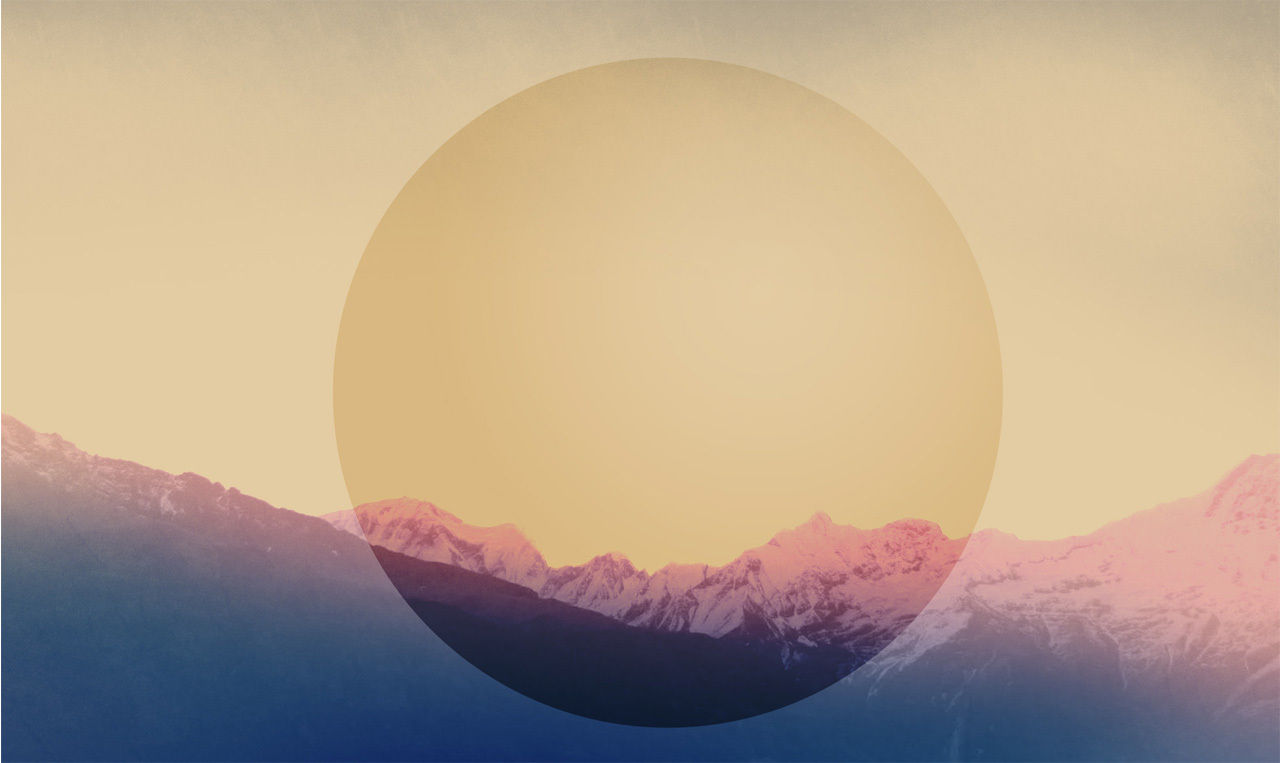
Reiki Healer

The History of Reiki
Dr. Mikao Usiu
Dr.Mikao Usui (5 August 1865 – 9 March 1926), was the founder of a form of spiritual practice known as Reiki, used as a complementary therapy for the treatment of physical, emotional, and mental diseases. According to the inscription on his memorial stone, Usui taught Reiki to over 2000 people during his lifetime. Sixteen of these students continued their training to reach the Shinpiden level, a level equivalent to the Western third degree, or Master level. Usui died on 9 March 1926 of a stroke..
During the early 1920s, Usui did a 21-day practice on Mount Kurama-yama called discipline of prayer and fasting. Common belief dictates that it was during these 21 days that Usui developed Reiki.
Dr. Chujiro Hayashi
Dr. Chujiro Hayashi (15 September 1880 – 11 May 1940), a disciple of Mikao Usui, played a major role in the transmission of Reiki out of Japan and for turning it into a less mystical practice.
Hayashi was a naval physician and employed Reiki to treat his patients. He began studying with Usui in 1925. He made his branch, Hayashi Reiki Kenkyu-kai in Tokyo.
Hayashi initiated and trained Hawayo Takata and helped her bring Reiki to Hawaii. As some of the popular history of Reiki consists of Takata's alleged fabrications, Hayashi is often considered to be Usui's chief disciple and the second Grand Master of Reiki history.
In 1940, Hayashi performed seppuku rather than join the war
Hawayo Takata
Hawayo Takata (December 24, 1900 - December 11, 1980), was a Japanese-American born in Hawaii. Takata's introduction to Reiki was due to a medical crisis. Soon after a breakdown, one of her sisters died. Takata journeyed to Japan, with her sister-in-law, for the dual-purpose of informing her parents and also seeking medical care. After visiting her parents, she went to a Tokyo hospital and was diagnosed with several life-threatening conditions including gallstones and a tumor. She was given some weeks to recuperate from emphysema, before being admitted for surgery for appendicitis and her other gastrointestinal problems.
On the operating table, just before the surgery was to begin, Hawayo heard a voice. The voice said, "The operation is not necessary. The operation is not necessary." She had never heard a voice speak to her like this before. She wondered what it meant. The voice repeated the message a third time even louder. She knew she was wide awake and had not imagined the voice. It was so unusual, yet so compelling that she decided to ask the doctor.
Takata asked the chief surgeon about non-surgical alternatives and was given the address of the clinic run by Chujiro Hayashi.
Mrs. Takata received daily treatments and got progressively better. In four months, she was completely healed. Impressed with the results, she wanted to learn Reiki. However, it was explained that Reiki was Japanese and that it was intended to stay in Japan. It could not be taught to an outsider. Mrs. Takata talked to the surgeon at the hospital and convinced him to ask Dr. Hayashi to allow her to learn Reiki. Since Dr. Hayashi wanted to teach Reiki to another woman besides his wife, and since Mrs. Takata was so persistent, he decided that she should be the one. In the Spring of 1936, Mrs. Takata received First Degree Reiki. She worked with Dr. Hayashi for one year and then received Second Degree Reiki.
In 1937, Takata returned to Hawaii in good health to set up what soon became a very successful Reiki practice. Hayashi and his daughter visited her there when Hayashi went on a tour to promote his art. In 1938, Takata became the thirteenth and last Reiki Master initiated by Hayashi.
Takata returned to Tokyo in 1940, as World War II was imminent. She was led, she said, by a dream in which Hayashi appeared to her. There, by Takata's account, Hayashi announced that she would be his successor as Grand Master. Hayashi, a reserve officer in the Japanese Navy, was called to active military duty. As a Buddhist and pacifist, Hayashi performed seppuku rather than participate in the bloodshed of war.
She returned to Hawaii and taught Reiki for the next thirty years. Until 1970, Takata taught only the first and second level of Reiki instruction. Although she trained scores of people to be Reiki practitioners, Takata did not create any Reiki masters during that time.
Between 1970 and her death in 1980, Takata taught the third level of Reiki instruction and initiated twenty-two Reiki Masters. She charged $10,000 U.S. for this training and has been criticized for making Reiki mastery an elite club for the wealthy. Takata stated that people should be willing to pay as much as a house for this attunement, and set the fee based on how much it cost her to buy her own house. She saw this as an appropriate "exchange of energy" and cited a tale she said was told to her by Hayashi, the point of which was that for those who had not paid for their healing, they had no incentive to stay well.